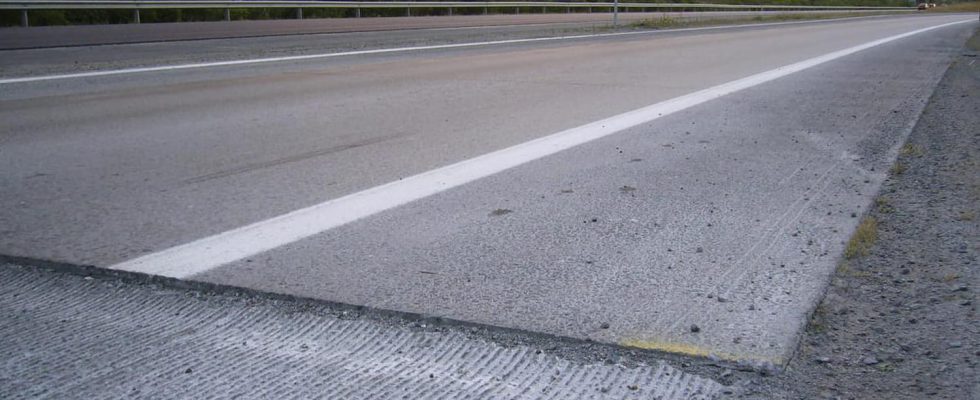Concrete can last up to 40 years, but then why aren’t our roads made of this material? A life-size experience helps to understand this.
It is not uncommon to question the systematic use of asphalt (the “macadam”) in road construction, despite the proven durability of concrete. Finland, a country known for its innovative research, conducted experiments in the 1990s to examine this question. However, concrete did not become the norm. Why is that?
First, although concrete is known for its strength and durability, it presents challenges when it comes to maintenance and repair. Unlike asphalt, concrete is not easily repaired in the event of damage. Large sections of road often have to be redone, which can be costly and disruptive to traffic.
In addition, concrete has a low noise absorption capacity. Concrete roads are generally noisier than asphalt roads, which can increase noise pollution in urban areas.
The climate also plays an important role in the choice of material. Finland’s harsh winter conditions showed asphalt to be more resistant to damage from freezing and thawing. Concrete roads, although more durable, can crack and degrade faster in these conditions. Concrete is stiff and less tolerant of changes in temperature and pressure, often leading to cracks requiring costly repair.
Finally, the financial aspect cannot be ignored. Laying concrete requires more complex and expensive ground preparation, which increases construction time. In addition, the concrete surface requires specific treatment to prevent it from becoming slippery when wet, which is not necessary with asphalt. The initial cost of building concrete roads is therefore much higher than that of asphalt. Although concrete may last longer, the long-term savings are often offset by higher maintenance and repair costs.
The Finnish experience in the 1990s revealed these obstacles to the use of concrete as a road construction material. Despite its superior durability, concrete has failed to dethrone asphalt due to technical, climatic and economic factors.
That doesn’t mean concrete is out of the game, though. Much research is underway to improve the characteristics of concrete, such as its ability to absorb noise and withstand extreme weather conditions. Maybe in the near future we will see more concrete roads. So far, however, asphalt remains the preferred choice for road construction, and the Finnish experience has helped us understand why.
